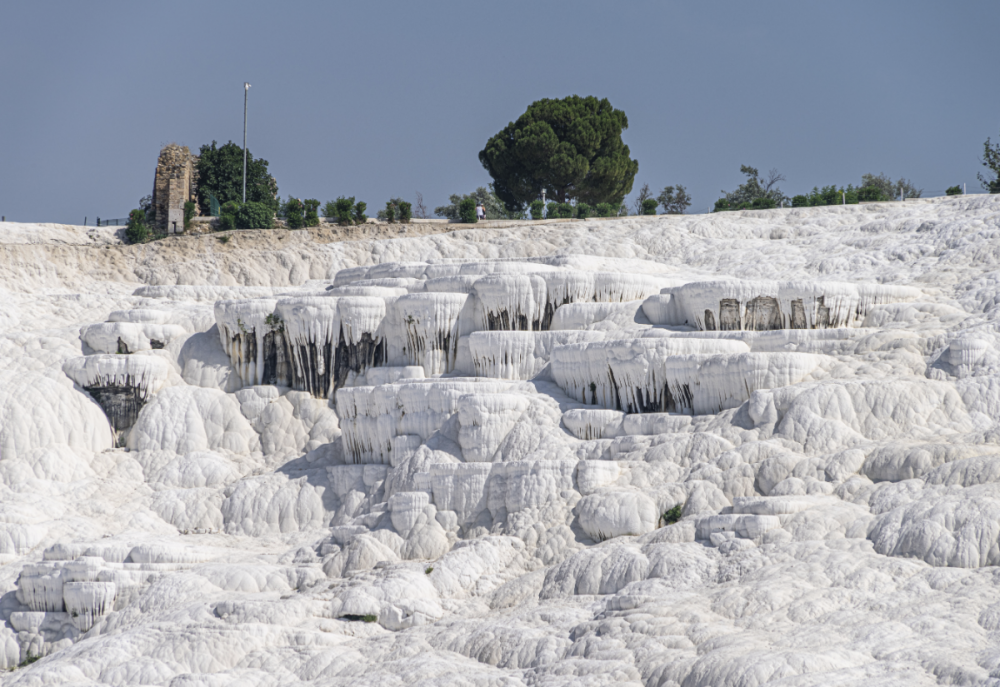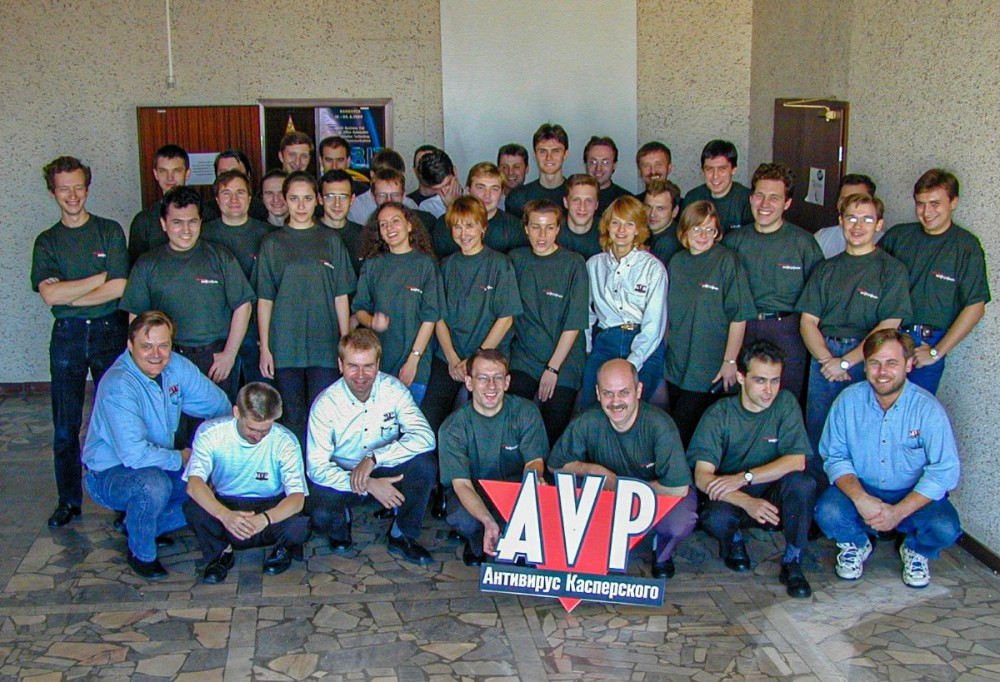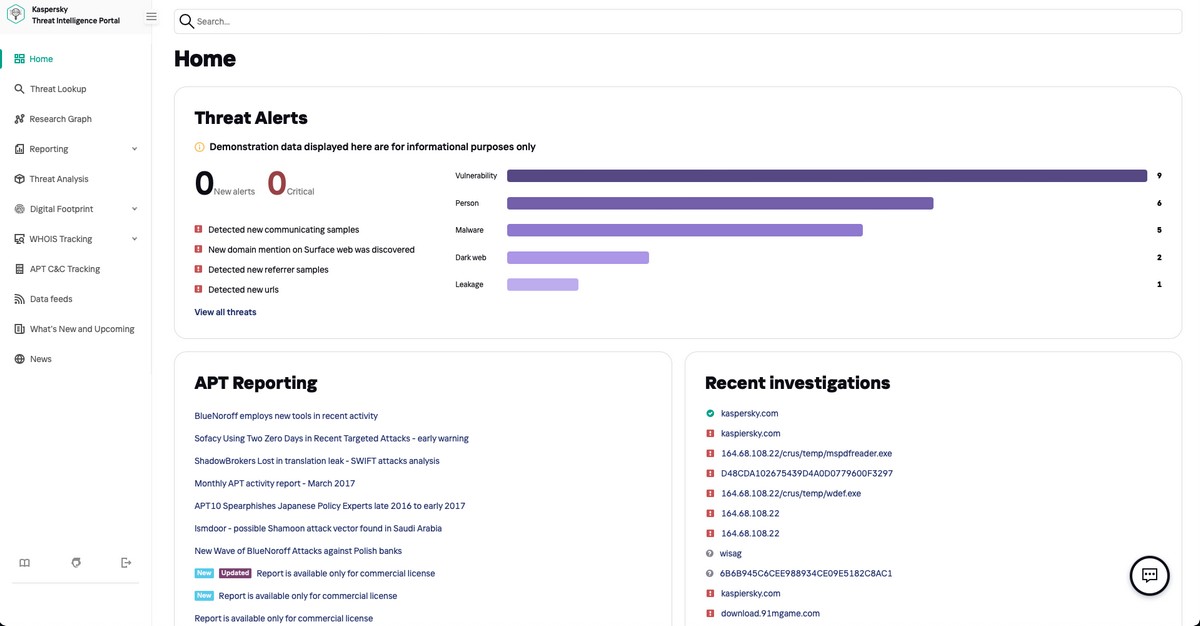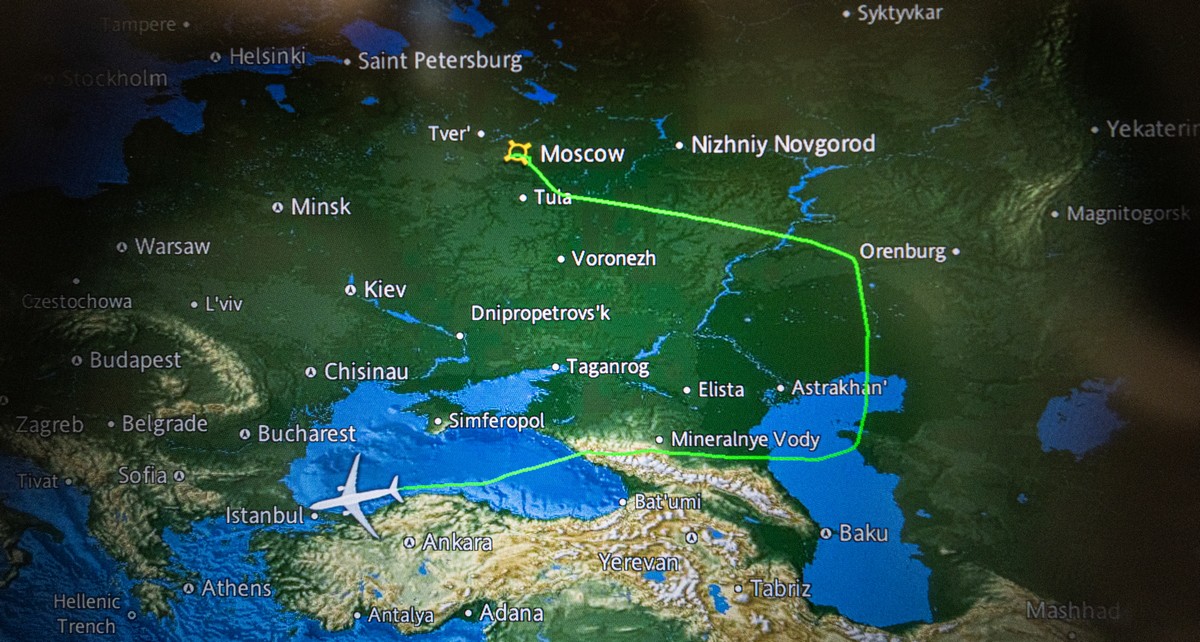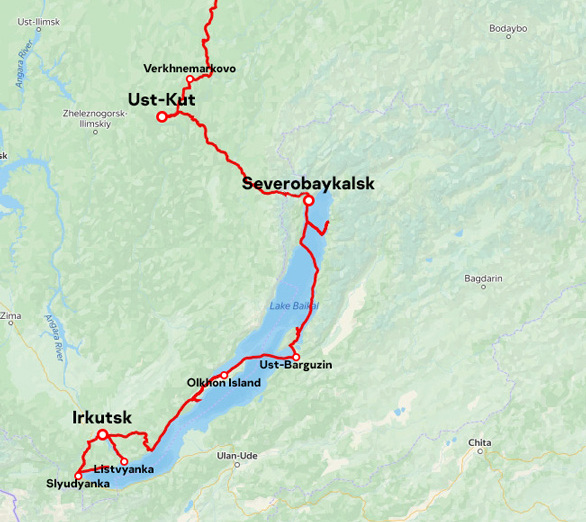It’s been a while since my last post on new/updated products, so here’s making up for that…
Our Kompany mission is to protect any and all citizens of the digital world – anywhere and any-when – against all cyber-evil in all its many flavors, stripes and categories. And that protection of course includes protection of the world’s most vulnerable internet users – children.
We firmly believe in advising kids on how to recognize potential threats on the internet, as well as how to conduct oneself properly on the internet in general. Then, hopefully, there’s nothing embarrassing or even painful accompanying a child online for the rest of his/her life; after all, whatever’s put on the internet stays there – forever. We do our bit in this in various ways; for example: with webinars, public speaking appearances, joint educational projects, books, cartoons, videos and research.
And we also provide protection for kids with our parental-controls app – Kaspersky Safe Kids.
Up and running several years already, the app is constantly improved and fine-tuned so as to better suit the particular needs of children and their parents when it comes to using digital devices safely.
But it hasn’t always been plain sailing for us: a couple years ago we had to… – get this: “fight for the right to protect children” with our app. Eh?! Indeed, we had to resort to legal action in connection with a certain famous apple-emblazoned company to prevent its using unfair competitive advantages for its own parental-controls function included in its mobile operating system. Still, as is our wont with legal battles, we won the antitrust case, and the functionality that wasn’t permitted before was enabled; fairness, common sense and justice prevailed! Interested in how the Federal Antimonopoly Service case went? Then check out this, this and this.
Ok – back to our fully-functional Safe Kids app. I think I’ve already mentioned that we constantly improve it. Well let me tell you about the latest improvements…
In the very latest version of the app for iOS we’ve expanded the functionality for parents – adding more features for supervising their offsprings’ online activity. Thus, parents (or guardians) can now more thoroughly filter undesirable online content as per specific categories, learn more about the preferences and interests of their children (in particular, by monitoring what YouTube videos are watched), and set screen-time limits.
Here are a few screenshots of the interface for parents:
Read on…











![YOU CAN NEVER GET TOO MANY AWARDS. SEE 1ST COMMENT FOR ENGLISH ⏩
"А из нашего окна страна Австрия видна!" - практически (с). Но в этих австриях я был не смотреть из окна, а по многочисленным деловым делам, первое из которых - лично получить несколько важных наград и множество сертификатов от независимой тестовой лаборатории AV-Comparatives.
Это далеко не первая наша награда. Скажу больше - на протяжении последних десяти лет по результатам независимых тестов к нам даже близко ни один конкурент не подобрался. Но почему тогда такое внимание конкретно к этой победе? Ответ простой: густопопсовый геополитизм. В наше весьма геополитически [очень мягко говоря] непростое время... Ну, если отбросить все казённые слова, то будет, как в известном анекдоте про поручика Ржевского. В той самой истории, когда ему указали повторить свою фразу без матерщины. На что тот ответил: "Ну, в таком случае я просто молчал".
Так вот, в наше "поручико-ржевско-молчаливое время" участвовать и получить первые места в европейских тестах - это за пределами научной и ненаучной фантастики. Что в целом совпадает с одной из основных парадигм моей жизни: "Мы делаем невозможное. Возможное сделают и без нас" (с). Большими трудами и непомерными усилиями - да! Это можно! Мы заделали такие продукты, такие технологии, такую компанию - что даже в непростое время нас и в Европах знают, уважают, любят и пользуются. Ура!](https://scontent-iad3-2.cdninstagram.com/v/t51.29350-15/430076034_1096357205018744_692310533755868388_n.heic?stp=dst-jpg&_nc_cat=103&ccb=1-7&_nc_sid=18de74&_nc_ohc=XLII-tX29aoAX80SM4u&_nc_ht=scontent-iad3-2.cdninstagram.com&edm=ANo9K5cEAAAA&oh=00_AfBINCtkZ3-r_aTvdSC36JELI05V6PuBnMWs672PK3GsBQ&oe=65E63D48)



